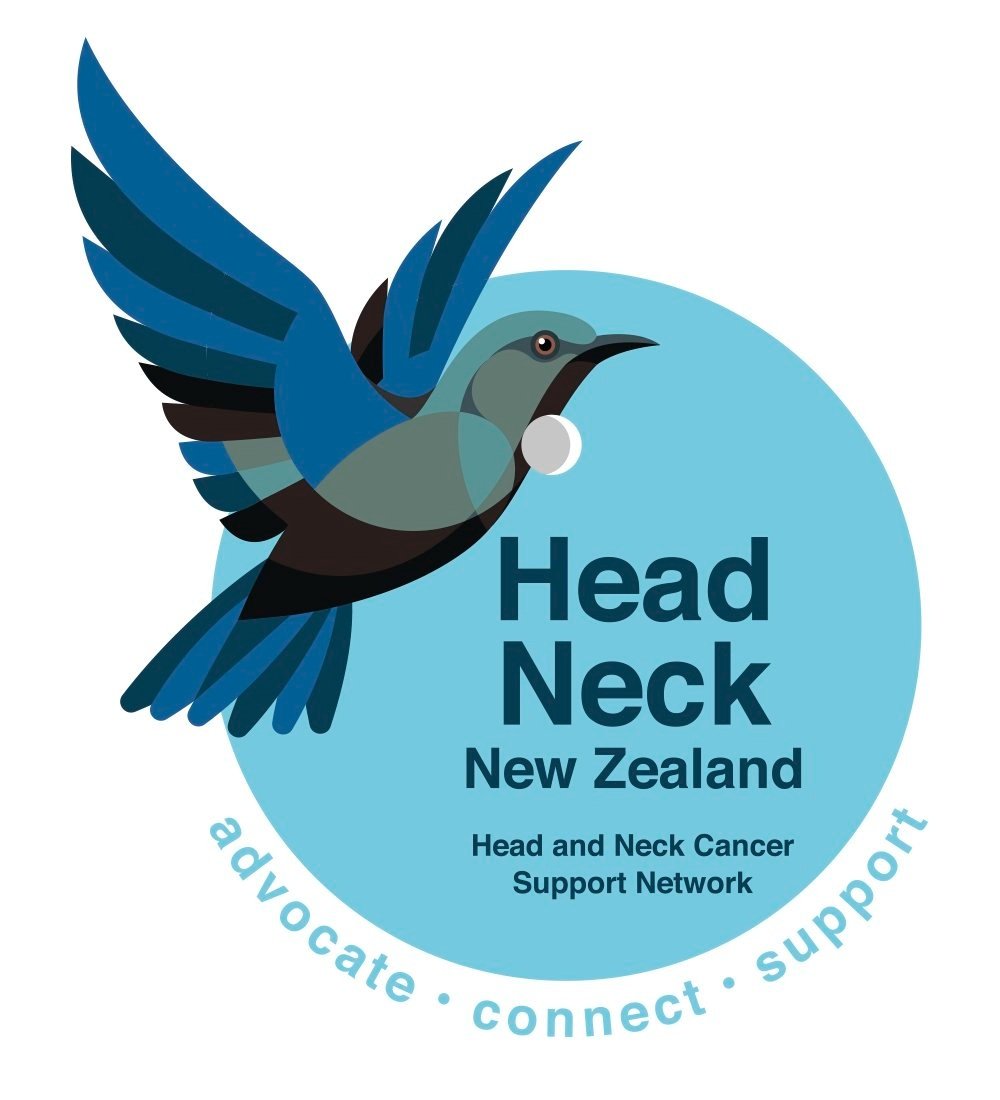The end of treatment can bring a mix of relief, uncertainty, and new challenges. Here's what typically comes next:
1. Recovery and Healing
Physical recovery takes time, and fatigue, pain, and side effects from surgery, radiation, or chemotherapy may linger.
Speech, swallowing, or appearance changes may require ongoing support from specialists like speech-language therapists or dietitians.
2. Follow-Up Care
Regular appointments will monitor for signs of recurrence and manage side effects.
These visits may include scans, blood tests, and physical exams.
3. Emotional and Mental Wellbeing
Many people feel anxious, low, or uncertain about the future.
Support from psychologists, counsellors, or peer groups can make a big difference.
4. Rehabilitation and Support Services
Access to services like physiotherapy, speech therapy, dietetics, and dental care may be part of ongoing recovery.
Social workers and cancer navigators can help coordinate care and connect you with practical support.
5. Return to Daily Life
Returning to work, social activities, or routines may be gradual.
Some people find new meaning or direction after cancer, while others focus on rebuilding confidence and energy.
Every recovery journey is different. Go at your loved one’s own pace, ask questions, and lean on the support around you. You are not alone..


